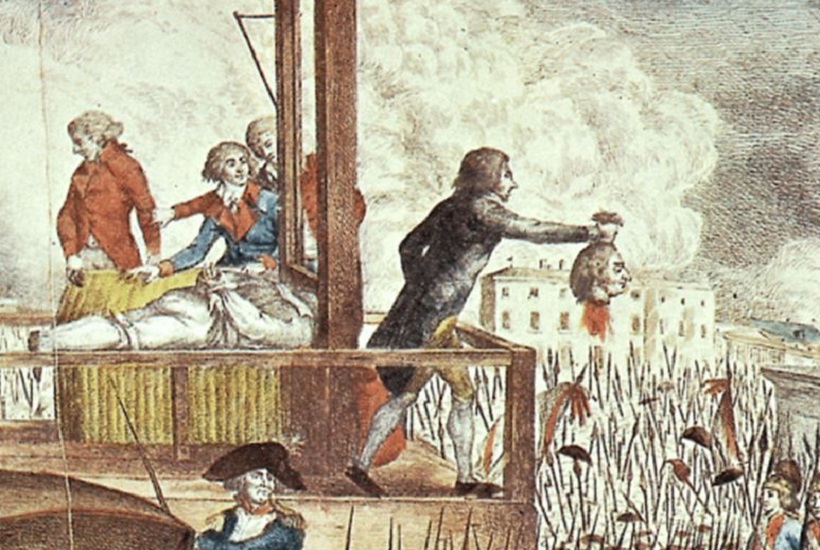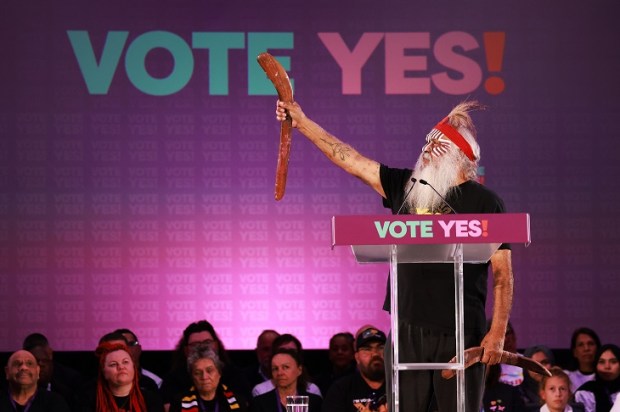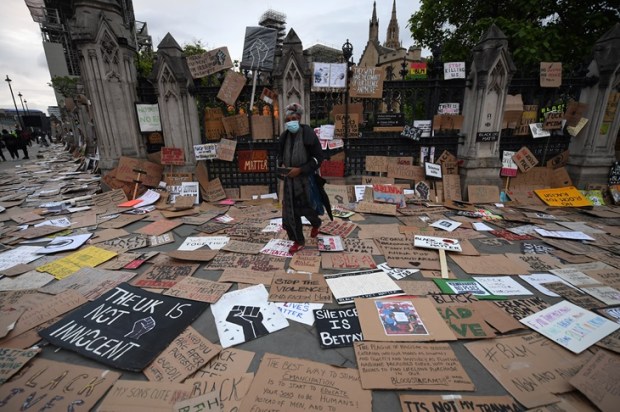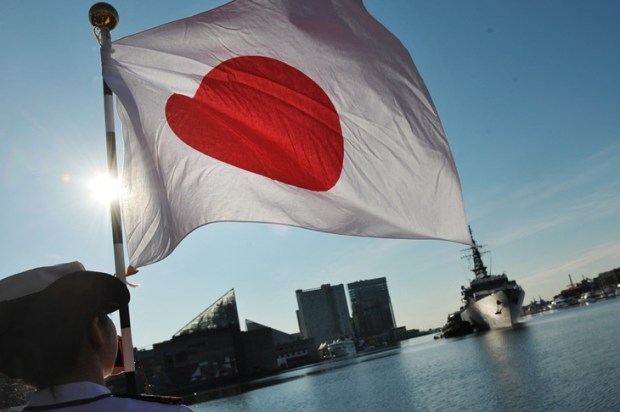In 1999 Australians wisely rejected the elite’s attempts to persuade them to adopt Malcolm Turnbull’s republic.
Turnbull is now insisting that Governor-General, Sir Peter Cosgrove, would not have appointed Peter Dutton as prime minister had he been elected leader. This cannot be seriously maintained.
This would have been a pushover if ordinary Australians had agreed to the 1999 republic. Just about anything a prime minister wanted would have been granted.
Fortunately, Australians said No to the Turnbull republic.
Mr Turnbull recently dismissed as ‘nonsense’ the considered opinion of Attorney General Christian Porter that arguments about Peter Dutton’s eligibility to sit in parliament are not relevant in appointing a prime minister.
Turnbull relied on advice from Bret Walker SC that Dutton was ineligible. But advice sought by Porter from the Solicitor General was that the “better view” was that he was in fact eligible. However, the advice warned that it was impossible to state the position with certainty and there was some risk the High Court would rule he was ineligible.
The allegation against Dutton was that he had, through a family trust, an “indirect pecuniary interest” in an agreement with the federal government relating to subsidies paid to a child-care centre owned by his wife. It was argued that as a result, he was ineligible to sit under section 44(v) of the Constitution. (Before he nominated for the 2019 election, he formally renounced any interest in the trust so that this is no longer a live issue.)
The fundamental point Turnbull overlooks is that questions about eligibility are not and never were issues for the Governor-General. On this, there is a clear separation of powers.
The Governor-General’s role is to appoint a prime minister whom he believes enjoys the confidence of the House of Representatives. This is sometimes referred to as a “reserve power”, one where the Governor-General is not bound to accept ministerial advice.
While eligibility to sit is not a matter for the Governor-General, some commentary argues that this is a matter for the High Court. This is only partially true.
The power to rule on eligibility was vested at Federation in the House of Representatives “until the Parliament otherwise provides.” The Parliament has not taken this power away from the House.
It has however provided in legislation dating back to 1918 that Parliament “may’’ refer such questions to the Court of Disputed Returns. Under that legislation, the High Court sits as the Court of Disputed Returns.
The crucial point is that eligibility is essentially a matter for the House which may either decide the question itself or refer it to the Court of Disputed Returns. And the High Court has made it clear that it will not consider any such question without a reference from the House.
In addition, a prime minister need not be a member of the House of Representatives. After the disappearance of Harold Holt, Senator John Gorton was appointed Prime Minister. He then resigned from the Senate to contest a vacant House of Representatives seat to comply with the custom that prime ministers sit in the House.
Nor is there any requirement that the prime minister be a member of parliament. In Canada, where leaders are commonly elected by party members, they can be appointed prime minister before they find a seat. In Australia, an outsider minister has three months to find a seat.
The suggestion that Sir Peter had decided that he would not appoint Dutton if he were to be elected leader is difficult to accept. No Governor-General properly advised would come to that conclusion, and Sir Peter has shown himself to be meticulous in observing constitutional requirements, for example in requiring that supply be granted before the request for the 2016 double dissolution was granted.
The situation would have been different had the people not rejected the 1999 republic referendum. When the referendum bill was being considered by a parliamentary joint committee, I filed a submission on behalf of Australians for Constitutional Monarchy proposing that the question which would appear on the ballot paper be changed.
The question was “Do you approve of an Act to alter the Constitution to establish the Commonwealth of Australia as a republic with the Queen and Governor-General being replaced by a President appointed by a two-thirds majority of the members of the Commonwealth Parliament? “
We proposed that these additional words be Inserted before the question mark: “and dismissible by the prime minister at any time without notice, without any grounds and without any right of appeal”
This was because the model proposed by Mr Turnbull’s republican movement, but not passed with the majority required by the 1998 Constitutional Convention, would have created the only republic in the world or indeed, in history, where a prime minister would have such extraordinary powers.
From the moment he was appointed, a president would have his neck on the prime minister’s guillotine. He would know that the prime minister’s wish was his command.
It was said that this was no different than the present situation and that the prime minister could always advise the Queen to remove a governor-general. It is clear that the Queen would only act on well-argued advice and that she could ask questions and make suggestions concerning the resolution of the problem. Here we are entering into what are effectively the Queen’s reserve powers. What is clear is that she would not act instantly. Indeed, in one case, the King took several months to remove a governor-general.
If the Turnbull republic had been approved, a prime minister could have not only told the President who not to appoint as his successor. What else might some future prime minister try to do? In 1975, Indian Prime Minister Indira Gandhi, to avoid her disqualification from parliament persuaded a compliant president to give her dictatorial powers under a contrived state of emergency.
The extraordinary powers to be vested in a prime minister under the Turnbull republic were dangerous, a fact which true constitutionalists recognised at the time.
Indeed, real republican leaders Clem Jones and Ted Mack opposed the Turnbull republic for this reason and sat on the official Vote No Committee with eight representatives of Australians for Constitutional Monarchy. (The ten were appointed because they had attracted by far the largest votes on the opposition side at the Convention election)
It is a sad fact that in their obsession to remove the Crown, about two-thirds of the sitting politicians and almost all of the mainstream media barracked for this model.
But fortunately, rank-and-file Australians had more sense and decided in every state and 72 per cent of electorates to keep the existing, carefully drafted Constitution with its checks and balances.
Got something to add? Join the discussion and comment below.
Got something to add? Join the discussion and comment below.
Get 10 issues for just $10
Subscribe to The Spectator Australia today for the next 10 magazine issues, plus full online access, for just $10.


























Comments
Don't miss out
Join the conversation with other Spectator Australia readers. Subscribe to leave a comment.
SUBSCRIBEAlready a subscriber? Log in